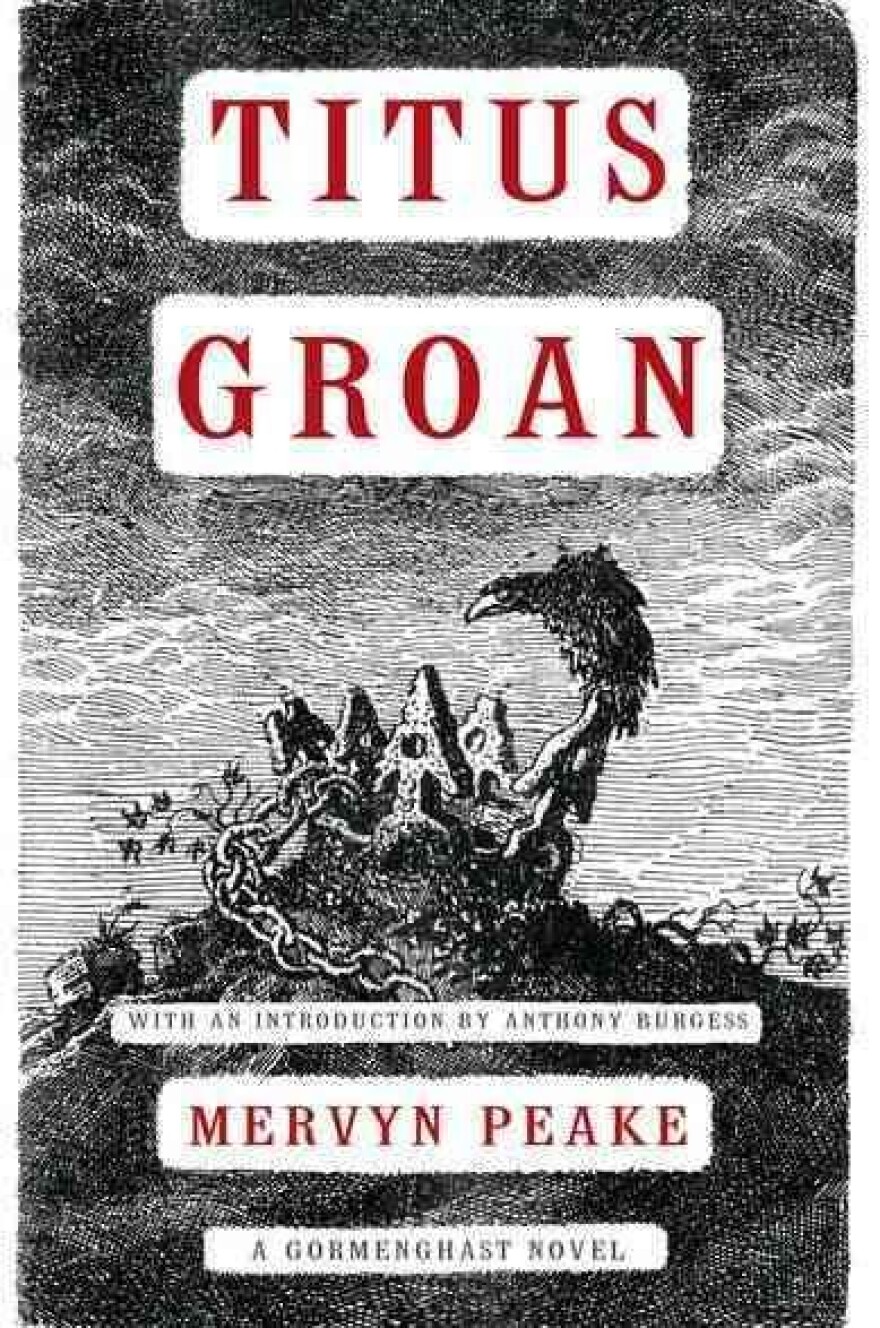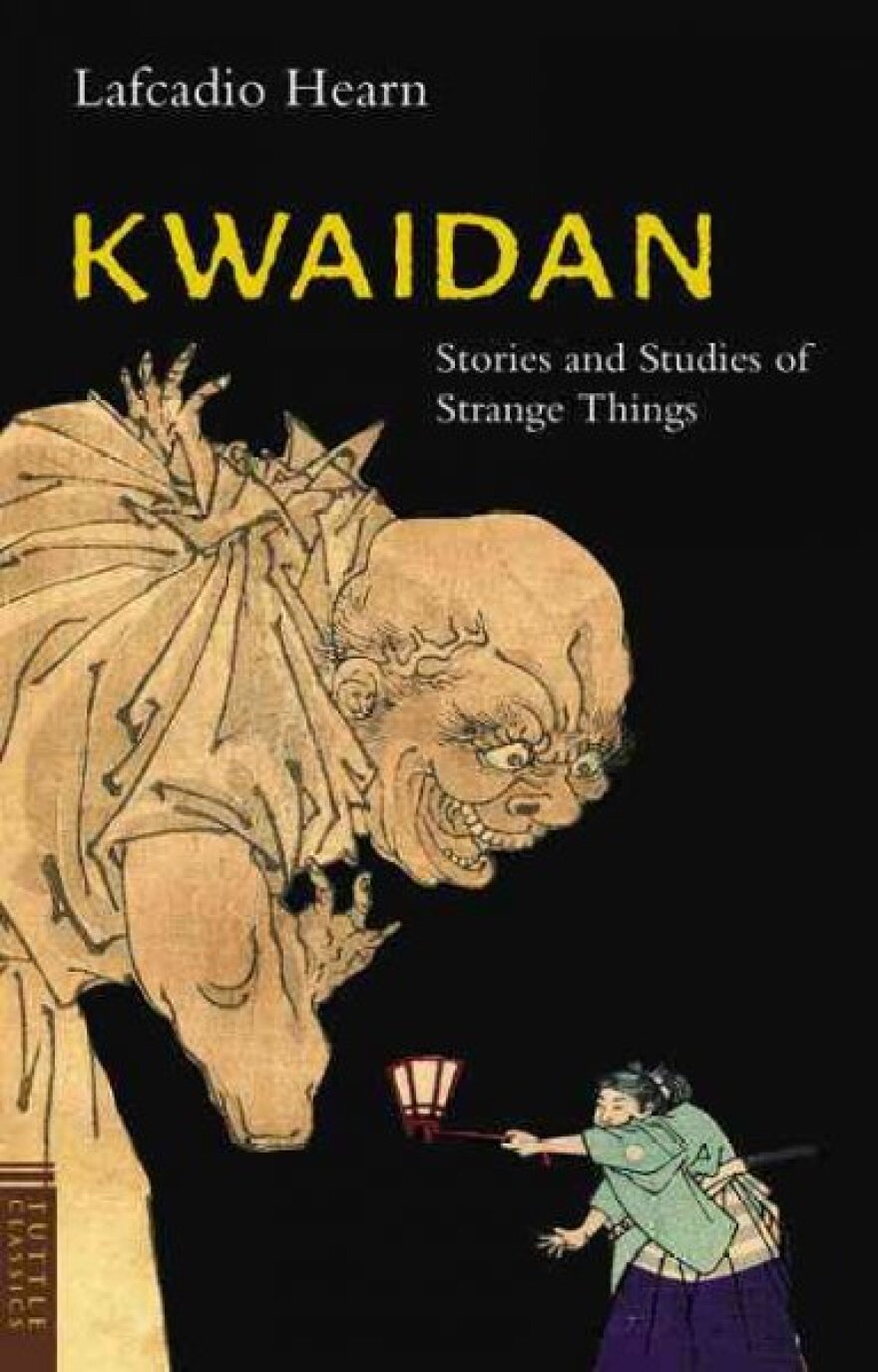When people hear you're a writer, they often ask "where do you get your ideas?"
I sometimes wonder too, but in most cases I curb my curiosity. The eccentric private lives of certain authors, their unconventional lifestyles, their all-round touch of strange carry an implied warning — my friend, you don't want to know.
Copyright 2024 NPR. To see more, visit https://www.npr.org.
Three Assuredly Unsettling Spectral Selections
Titus Groan by Mervyn Peake

by Mervyn Peake
I first read Mervyn Peake's Titus Groan in adolescence — which was probably unwise. The land of his Gormenghast trilogy, a Gothic realm ruled by the Groans, a dynasty beset with insanity, intrigue, and the crushing burden of ritual, can invade the soul like rising damp.
Peake was thin-faced, wild-eyed, often manic, and exuded talent. He drew and painted as vividly as he wrote, until his decaying sanity leaked into his work. Before he could finish the third novel, Titus Alone, he was confined to the hospital where he died in 1968 — in part, bizarrely, of sleeping sickness, contracted as a child in China. I think of him as another prisoner of Castle Groan, mute, but with the poetry of Gormenghast echoing in the dungeons of his brain.
Kwaidan: Stories And Studies Of Strange Things by Lafcadio Hearn

by Lafcadio Hearn
Lafcadio Hearn, half Irish, half Greek, was named for the island of his birth, Lefkada. A childhood accident left him with a blind left eye, which he regarded as a deformity. After a career in New Orleans as a journalist, he went to Japan in 1890. He felt less self-conscious there. He married a Japanese woman and began explaining Japan to the West.
In particular he liked its ghost stories, collected in Kwaidan. My favorite is the tale of Hoichi, the Earless. Hoichi is a blind musician and poet, a virtuoso in describing an ancient sea battle. One night, he's summoned to play for what sounds like a party in a great hall. When a second performance is demanded the next night, a friend follows. He's horrified to see Hoichi being led by an invisible guide to the graveyard. His audience is the ghosts of those who died in the battle. When his presence is demanded again, priests paint his body with sacred texts to protect him. They forget one thing... But don't let me ruin Hearn's tale.
The Gashlycrumb Tinies: Or, After the Outing

by Edward Gorey
Edward Gorey achieved celebrity with his credits for the PBS series Mystery. Fewer people know his tiny books in the same playfully grisly style. The Gashlycrumb Tinies is an alphabet of Edwardian children coming to untimely ends. A girl perched on a plank gesticulates to an uncaring ocean: "M is for Maud," Gorey explains, "who was swept out to sea." On the next page, a waif stares expressionless from a castle window. "N is for Neville, who died of ennui."
Gorey was often seen around Manhattan — gangling, bearded, in an ankle-length raccoon coat and tennis shoes, headed for the New York City Ballet, of which he seldom missed a performance. He filled his house with collections — dolls, skulls, telephone pole insulators, a mummy's hand.
"C is for Clara, who wasted away."





